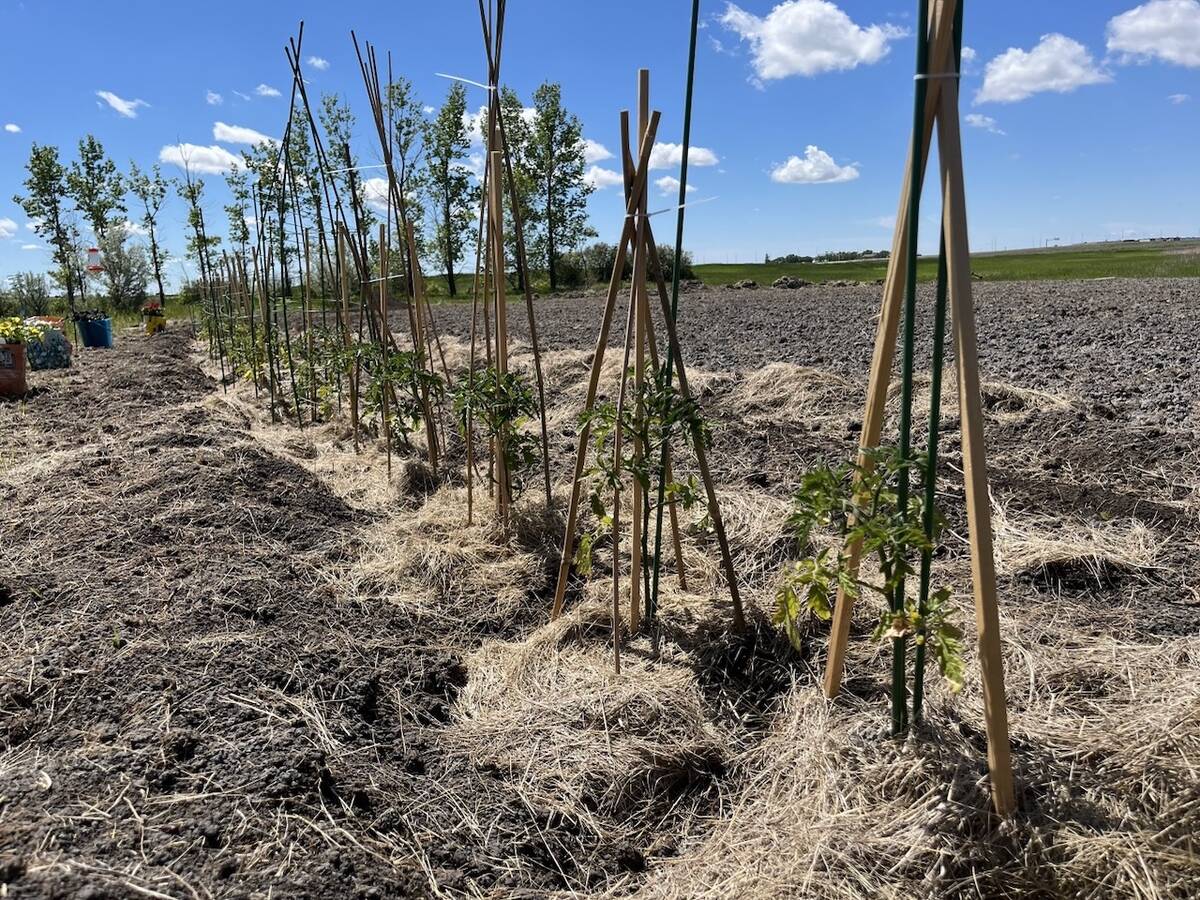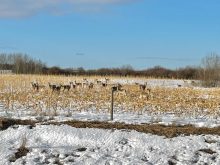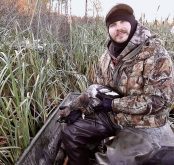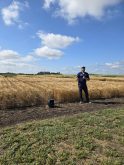In 2023, the American Ornithological Society announced plans to change the English common names of any birds named after people or that are deemed offensive in some way. The way bird names are chosen is also getting a revamp.
It’s going to be a pilot project beginning with 70 to 80 species found mainly in Canada and the U.S. Several of them are commonly seen in Manitoba.
The two-part scientific names of each species will remain untouched.
Read Also

Seeding Indigenous agricultural prosperity
National Circle for Indigenous Agriculture and Food says Indigenous agricultural success needs strong relationships.
Names of some birds will be changed “in an effort to address past wrongs and engage far more people in the enjoyment, protection and study of birds,” says the American Ornithological Society.
A diverse committee will be appointed to make the selections and it will also involve the public in suggesting and choosing new names. In this way, it hopes to get more people interested in the protection and conservation of birds.
The names of many common birds relate to their physical characteristics, such as their plumage, shape or size. The yellow-headed blackbird and rose-breasted grosbeak are two examples, as is the black-capped chickadee, whose name describes both its appearance and song.
New names coming out of the society’s process will likely follow suit, pointing to some descriptive feature, rather than a human name, that will make the bird easier to recognize and remember.
There are 152 North American birds named after a particular person that are in line for a change. In the future, it’s expected that changes will also occur for South American birds.
Bird species named after the European explorer, ornithologist or artist who supposedly “discovered” them don’t, in practice, really help in identification. Also, the name might be offensive to the original inhabitants of the area.
The Clark’s nutcracker, for instance, is found in the Rocky Mountain areas of Alberta, B.C. and the western U.S. It’s named after the famous explorer, William Clark, who observed it in 1805 along a tributary of the Columbia River and described it in his writings.
Of course, Clark didn’t actually discover the bird. It was known to the people already living there. The nutcracker in among those in line for the first round of changes.
Another bird scheduled for a new name is the Cooper’s hawk, common in Manitoba in the summer. It is named after American naturalist William Cooper, who collected a specimen of this species in the early 1800s.
Sometimes the old bird names are more fraught, such as those named after someone closely linked to colonialism or racism. Some birds are named after Confederate generals,which harken back in the public consciousness to North America’s history with slavery.
The Townsend’s solitaire, a fairly rare visitor to Manitoba, is named for John Kirk Townsend, whose record includes the desecration of Aboriginal graves in the 1800s. Records show that he stole skulls from the graves, which he collected to help back his views on the inferiority of Indigenous peoples.

One of the most famous American birders is John James Audubon, who has several birds named after him, not to mention one of the premiere birding organizations on the continent, the National Audubon Society. Besides his interest in birds, however, he was a slave owner who vehemently opposed abolition.
Other names on the chopping block
As well as giving his own name to several species, Audubon named birds that he collected after his friends. One example is Harris’s sparrow, a large sparrow with a black crown and bib that passes through southern Manitoba in spring on its way to breeding grounds on the tundra. It’s the only songbird that breeds only in Canada.
The bird is named for Audubon’s friend, Edward Harris, who accompanied him on two expeditions to observe birds and mammals.
Another American with feathered namesakes is naturalist Alexander Wilson, a Scottish immigrant who became known for his descriptions of birds and birdlife during the early 19th century. He is widely considered to be the father of American ornithology.
Wilson actually preferred descriptive names, but five bird species bear his moniker, some of which are scheduled for change.

Two of these are the Wilson’s phalarope and Wilson’s snipe, prairie birds often seen in Manitoba in summer. The Wilson’s snipe is known for dramatic flying displays and the whistling noise – winnowing − that it makes as it circles over marshy areas.
The Wilson’s phalarope, a shorebird, is unique in that it reverses the usual bird gender traits. Females are larger and more colourful, take the lead in courtship and leave the males to incubate the eggs and look after the young.

Pushback
The society isn’t expecting a seamless transition. Some birders are annoyed about the name changes, which will require learning the new names and buying new bird anthologies. But overall, if care is taken, the changes should remove objectionable names and ease identification.
For an example, if asked for a possible new name for Harris’s sparrow, I suggest “black-bibbed sparrow.”















